Description from Eligo
The history of Empoli glass has its roots in the Renaissance and the Medici court and developed with particular momentum between the eighteenth and nineteenth centuries, when Domenico Lorenzo Levantini began producing ceramic and glass.
Glass processing is an ancient technique, common to all the ancient cultures, which finds its main purpose in the home and daily life. The glass master pulls the dough glass glowing from the oven, the cave in molds, the explosion with long metal rods, the work and the size up to give the final shape.
The charm of the ancient laboratories is still present today: the places where the material is molded through machining with fire and fusion, in a mysterious atmosphere, where lights and shapes stretch like in a story.
The glass was first employed for the production of bottles and carboys, in a territory, Tuscany, where the production of wine and local produce is a cultural beginning of civilization. The same material is then applied to tools for the table, up to as home furnishings and accessories for homes.
The typical green is the traditional color par excellence, and it is derived from the unique raw materials of the Empoli area, rich in water basins. The specific point of green is the natural result of sands rich in iron oxide obtained of Lake Montecuccoli.
The climax comes in the early twentieth century, when production expands and articulates its reputation as one of the most artistic cradles of Italian characteristics. Nowadays the glass production offers different color variations in respect of the aesthetics of the tradition and the elements in nature.
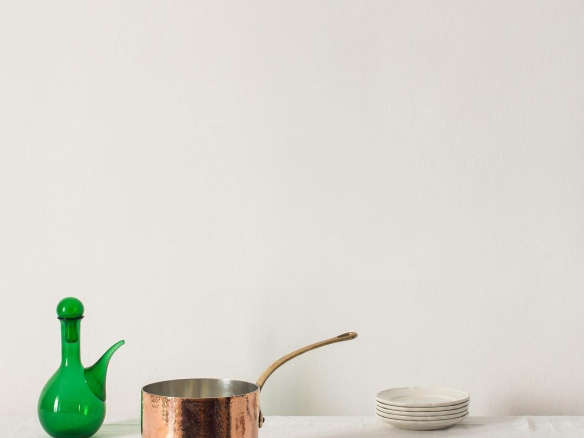
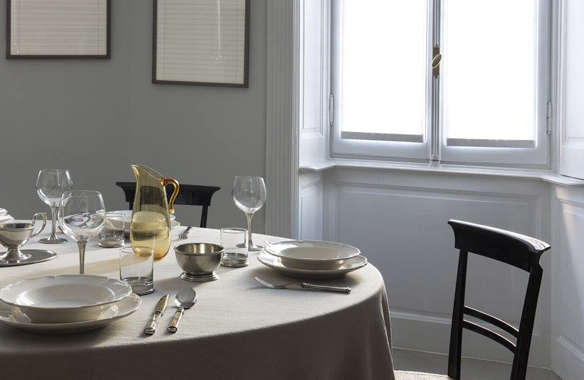
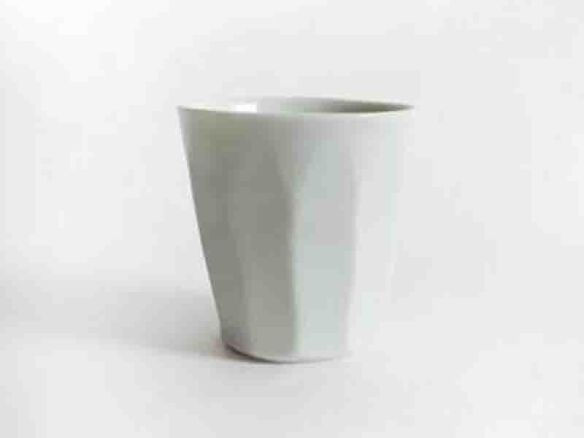
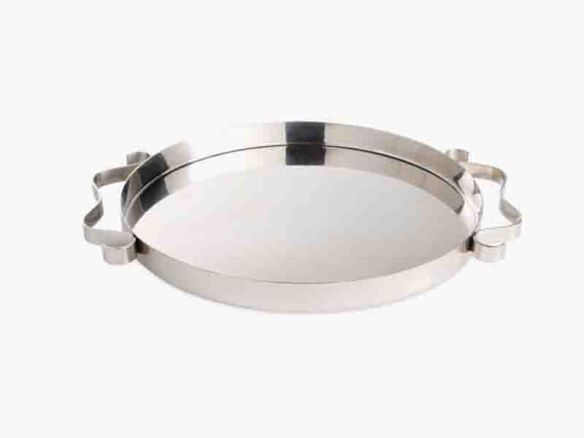
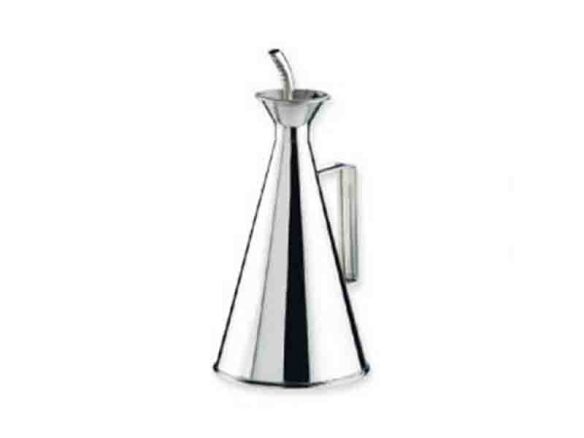
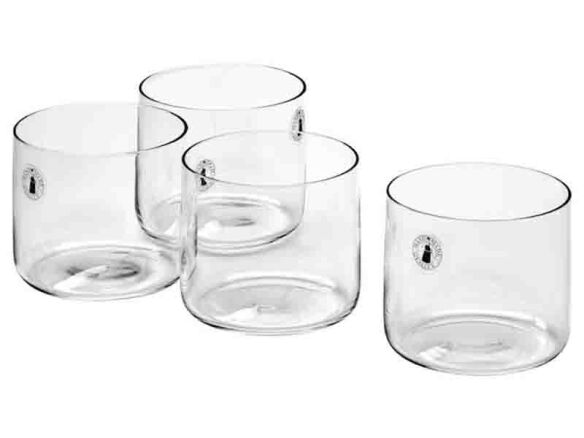
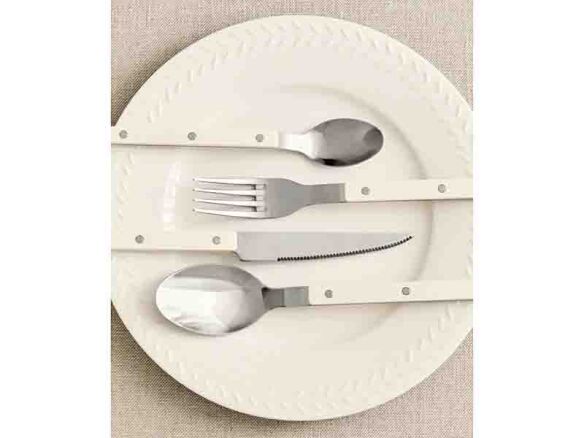
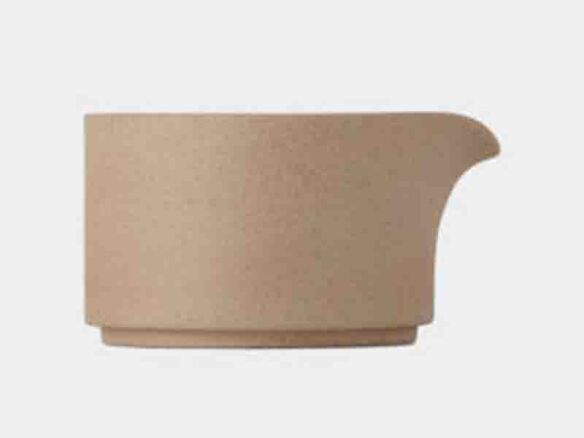

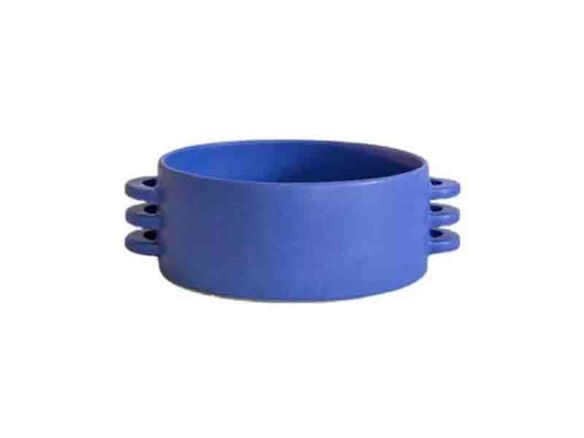

Have a Question or Comment About This Product?
Join the conversation (0)